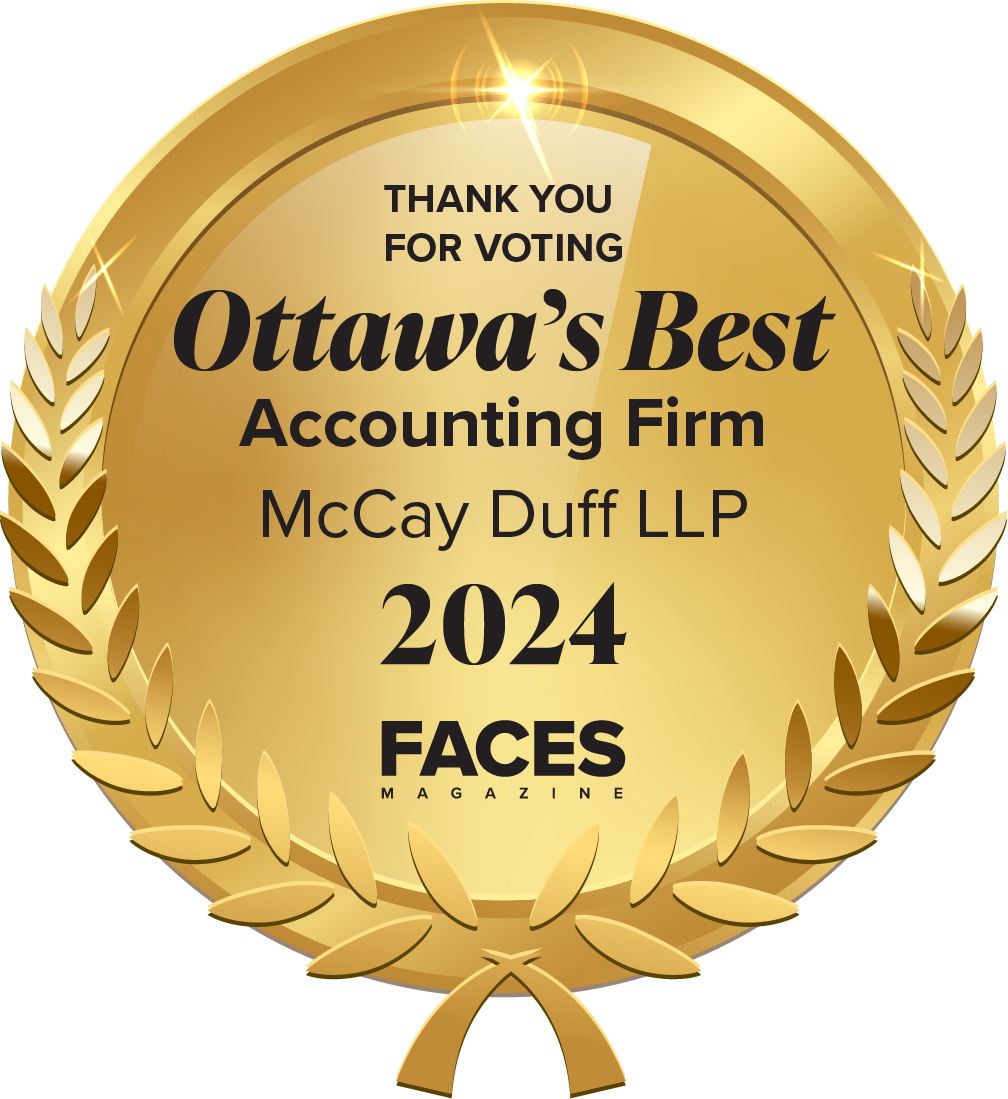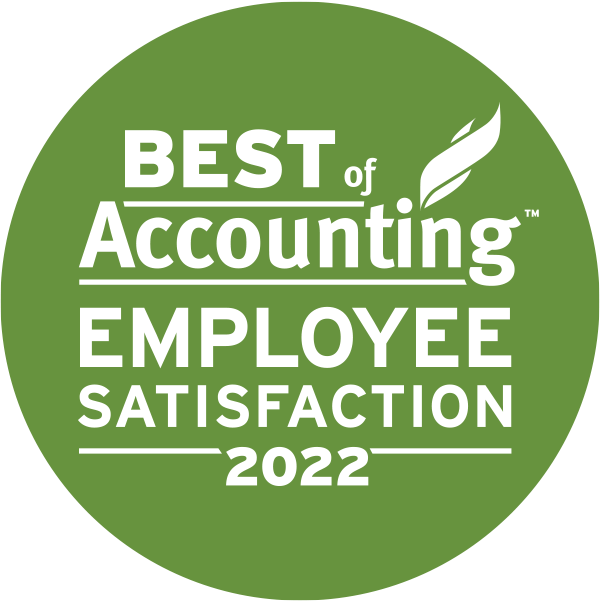The income approach is often the primary approach used for valuation and is used in the valuation of most operating companies. The income approach discounts the expected future cash flows (returns on investment) to present value using an appropriate rate of return for the investment.
Future cash flows are typically based on the net after-tax cash flows expected to be generated by the business.
The discount rate (or rate of return) used should reflect the degree of uncertainty or risk associated with the future returns and returns available from alternative investments. The higher the perceived uncertainty or risk results in a higher expected rate of return, which results in a lower value someone would be willing to pay for the investment.
Two primary methods of income approach to business valuation
The two primary methods of the income approach to valuation are the Discounted Cash Flow and Capitalization of Cash Flow Methods.
Discounted Cash Flow Method
The Discounted Cash Flow method discounts future cash flows to present value using an appropriate discount rate or rate of return. This method is more appropriate when earnings are expected to be materially different in the future, due to changes in factors such as business structure and economic/industry conditions.
Future cash flows are projected for a specified number of years and then projected to grow at a constant rate in perpetuity. The number of years to use in the projection would be the number of years until the business achieves a sustainable operating level.
An example would be when a business has just completed a major expansion and it is not expected to attain a mature operating level until after three years.
At the end of three years, a single measure of future cash flows is selected on the basis of the expected stabilized cash flows for use into perpetuity. This is often referred to as the terminal value.
The discount rate is then determined and applied to all future cash flows to determine an estimated value.
Capitalization of Cash Flow Method
The Capitalization of Cash Flow method uses forecasted cash flow for the next period, which is converted to present value using an appropriate capitalization rate. This rate is equal to the discount rate less the expected growth rate in perpetuity.
This method is often used when a Company’s future operations are not expected to change significantly from its current normalized operations and when future returns are expected to grow at a relatively predictable rate.
This method is also used when the subject company does not have reliable projections.
The forecasted cash flows for the next period are based on prior historical cash flows and the projected cash flows for the next period. The cash flows used should be representative of the expected future performance of the company.
The capitalization rate is applied to forecasted cash flows to estimate value. In other words, forecasted cash flows divided by the capitalization rate equals value.
If you are starting to think about how to maximize the value of your business, it is never too early to start the conversation with your McCay Duff Advisor.





